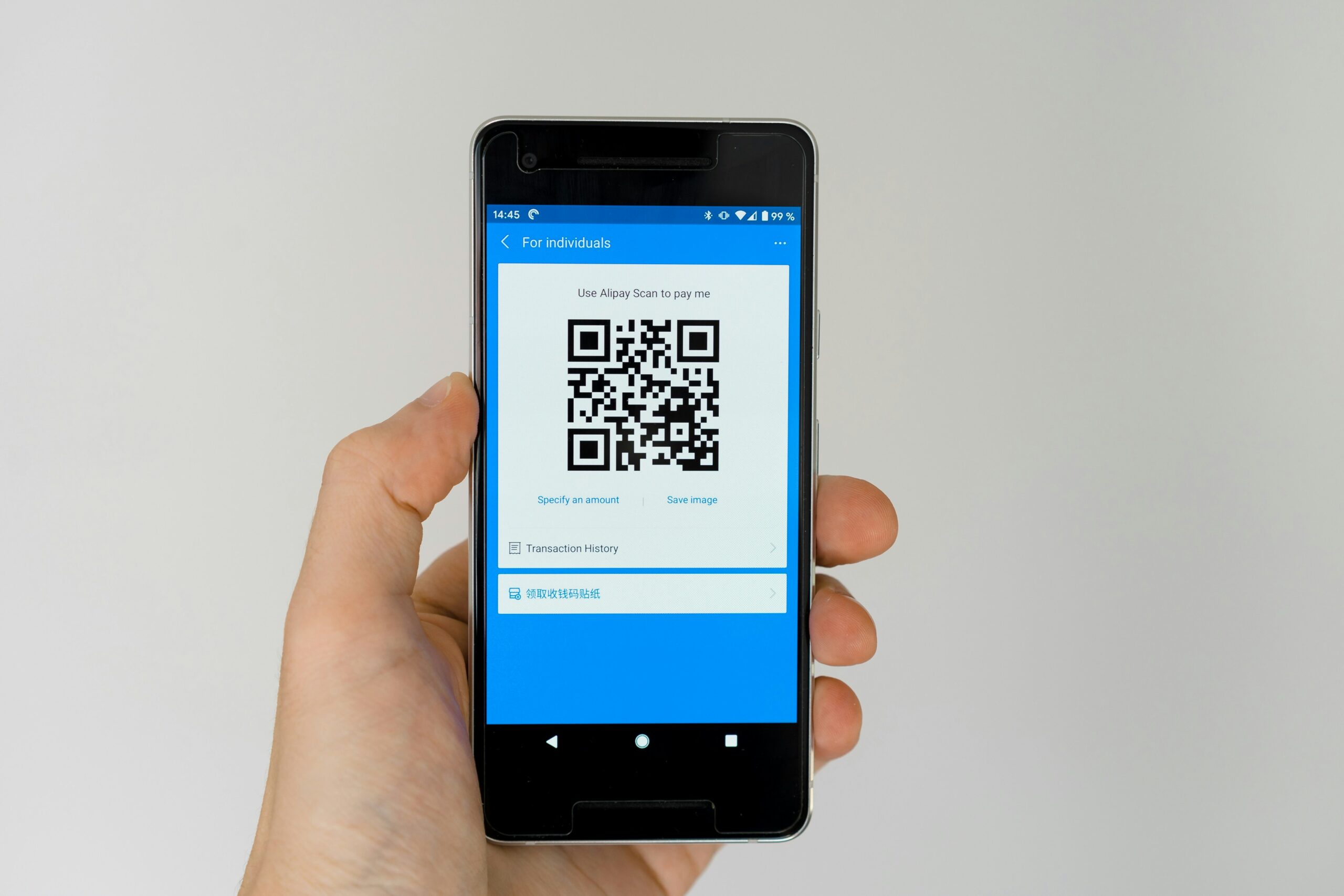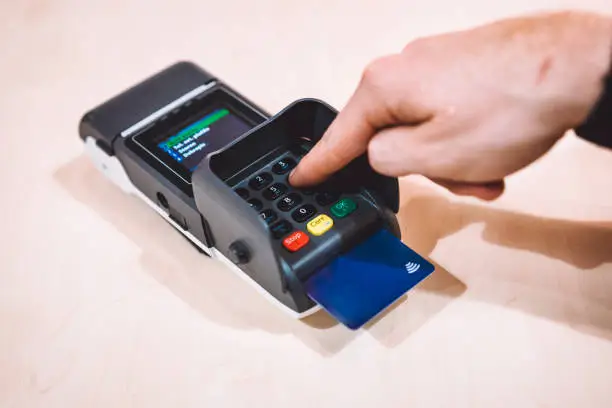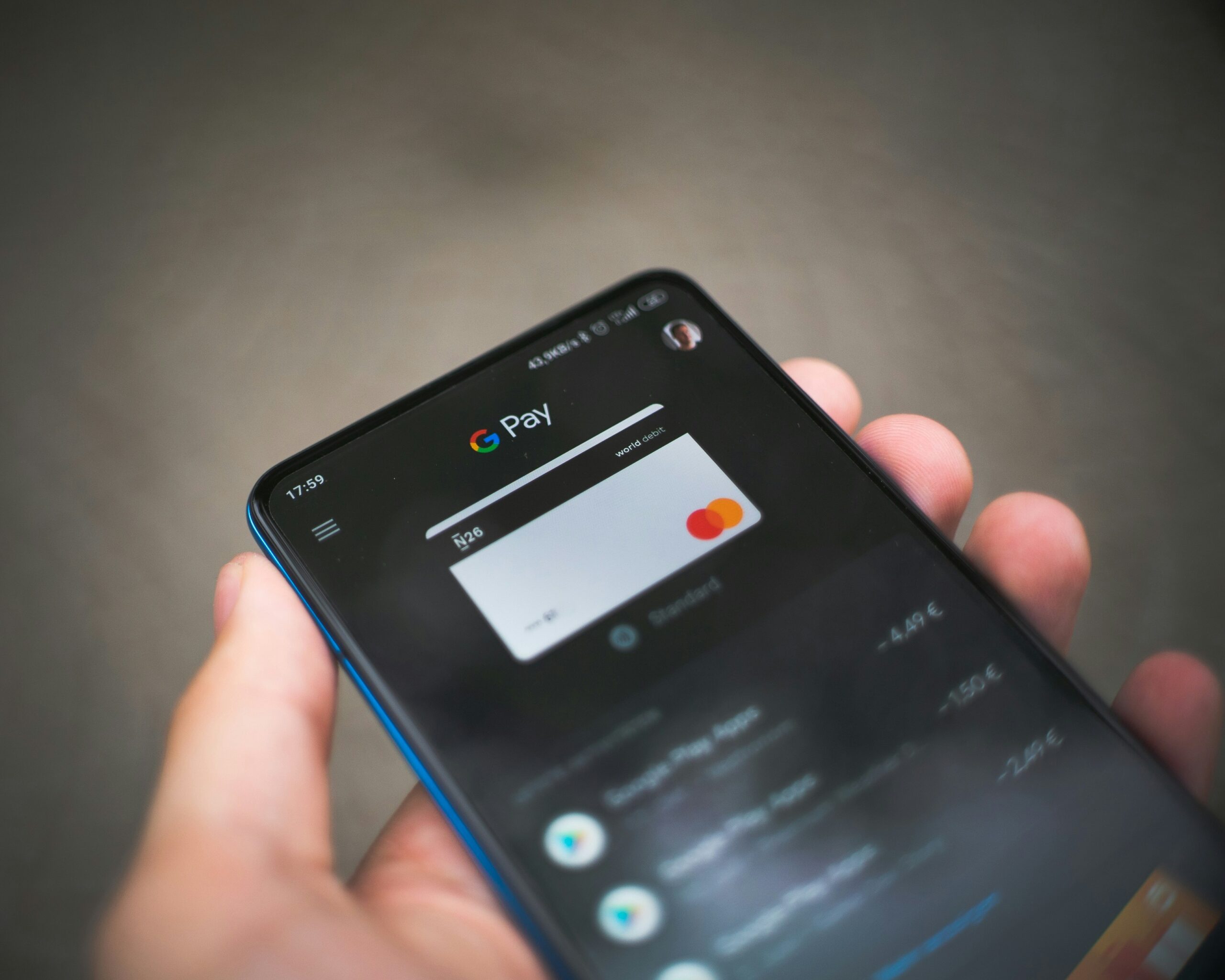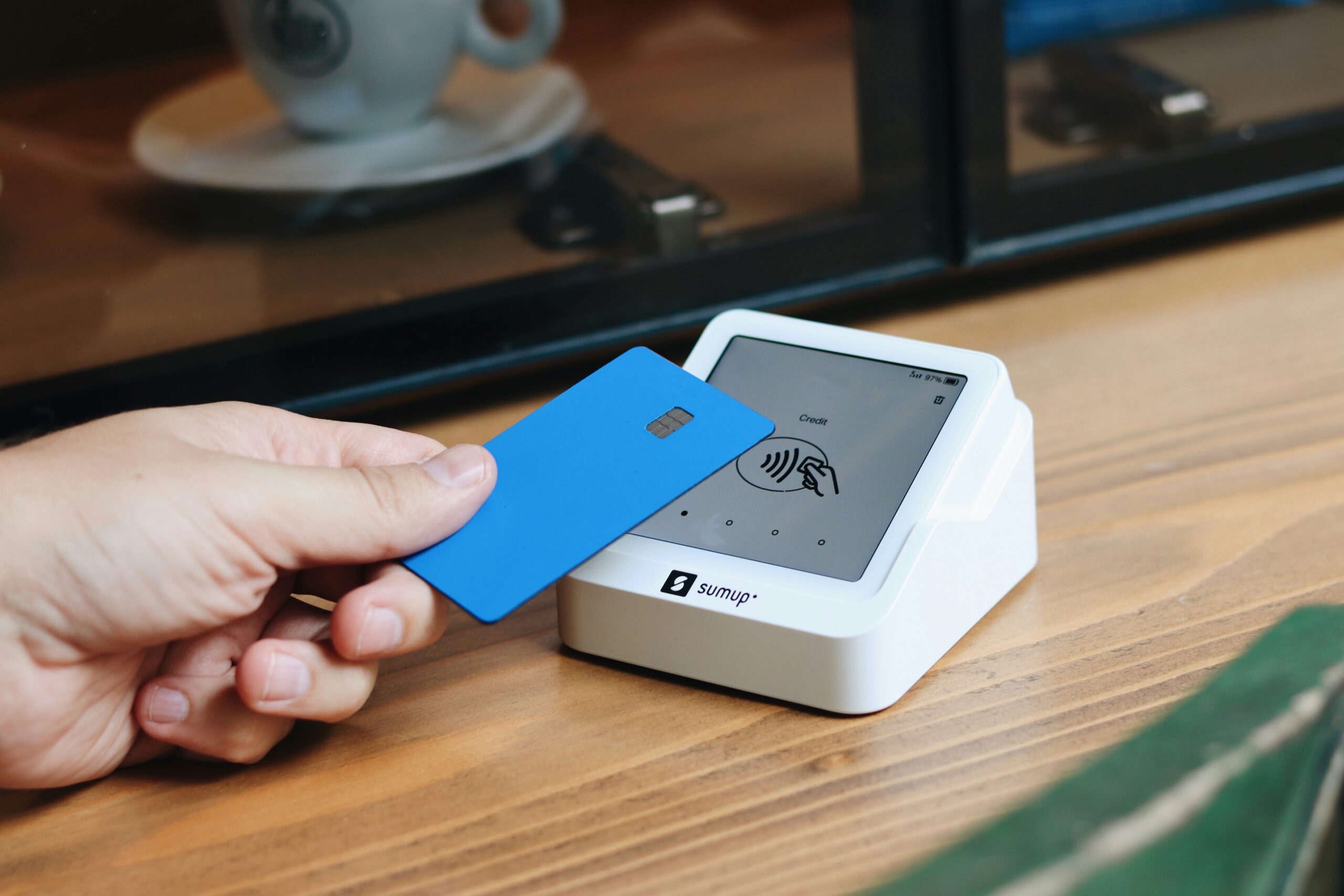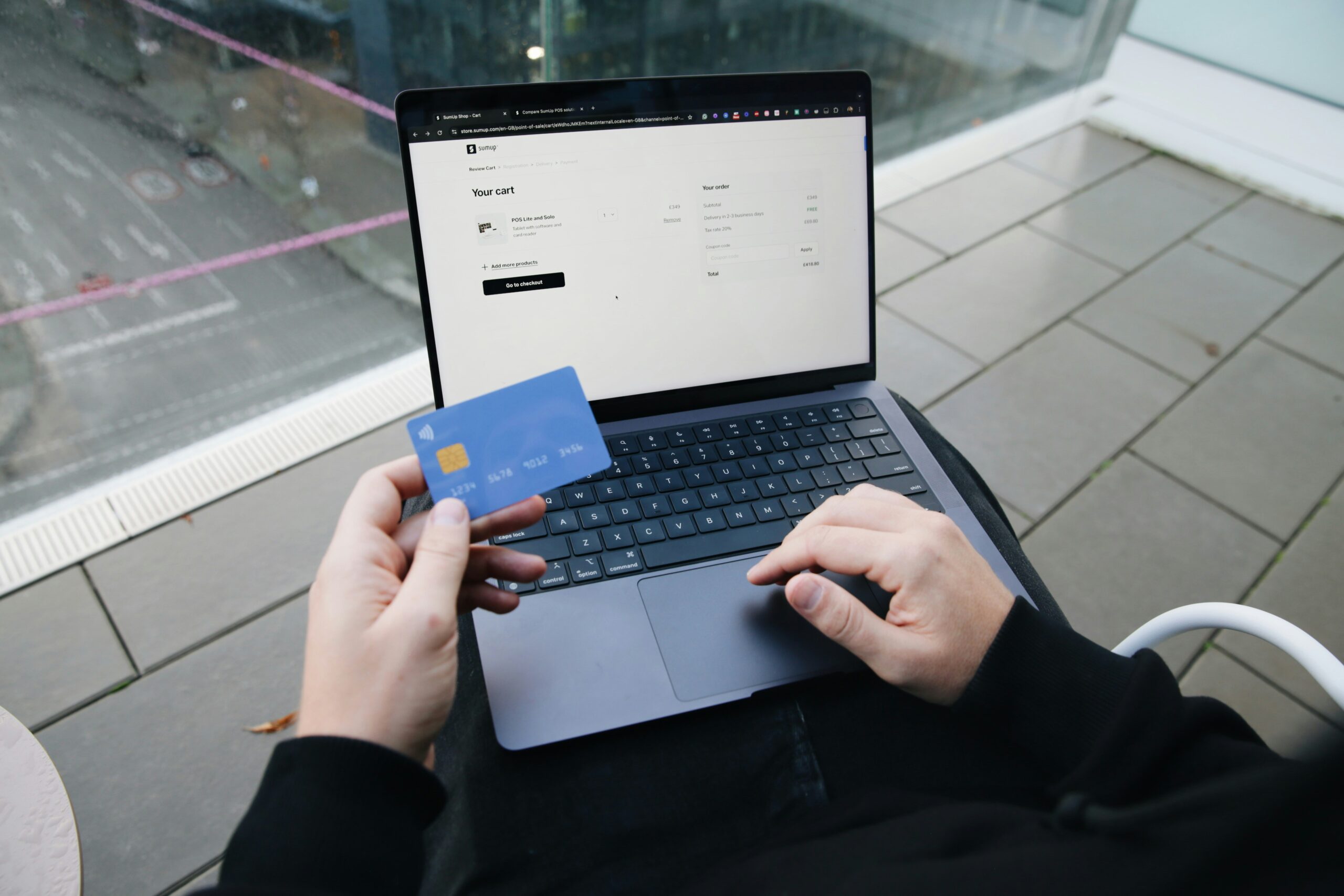Alibaba, a leading Chinese online retailer, introduced Alipay as a mobile payment option in China in 2004. With an average of more than 320 million users actively using the service every day in 2019, it has achieved remarkable success by surpassing the 1 billion user mark.
Even modest street sellers in China now accept it due to its growing popularity. As a result, practically everything in the nation is paid for using Alipay (taxi, bills, a restaurant meal, or even e-commerce purchases, etc.).
The user’s bank account is connected to the app. Users get access to everything on this single app, whether it be for money transfers between people, payment at stores, access to administrative services, stock market investing, or scheduling a doctor’s appointment.

Alipay’s story
To ensure security and confidence between the seller and the consumer when making an online purchase, Alipay was originally introduced on the Taobao e-commerce platform.
The buyer’s money was held by Alipay until the purchase was received; only then was it wired to the seller. It was able to win the trust of Chinese consumers in this fashion, which is crucial to Chinese culture.
It had a sizable user base by the time the mobile payment market developed, and customers were prepared to make in-person payments using e-wallets.
Reason for popularity in China
For cultural, social, and economic reasons, China has adopted credit cards more slowly than Western nations, and the penetration rate is still quite low. Due to its many benefits and ability to meet both consumer and merchant needs, mobile payment has significantly increased its market share as a cash substitute.
Mobile payments provide a seamless, simple, and quick user experience. The ease of use of this payment method is preferred by users. This dynamic has helped Alipay flourish, along with a nationwide digital revolution and the rise of affordable smartphones.
Because mobile payments rely on QR codes rather than credit cards, businesses can take payments without having to invest in expensive hardware. Given that they don’t require any equipment like a card reader, even modest street merchants can accept Alipay. If a business displays a QR code to potential clients, anyone can quickly and easily make a transaction.
Additionally, the number of annual active users on Alibaba, the biggest Chinese e-commerce site, has increased and will reach 742 million by the end of June 2020. Alipay is more practical for Alibaba customers to use on Alibaba’s e-commerce platforms.
Payment system
Alipay payments are processed with a quick QR code scan. Alipay can be used in a variety of ways to make or accept payments. Alipay can be applied both offline and online via mobile apps or e-commerce websites.
A retailer in a physical location may decide to accept Alipay payments through:
- A POS terminal
- A static QR code
- A cash register software
- A mobile app
Online payment service Alipay is also supported by your e-commerce websites. The buyer in this scenario either does the transaction on a desktop or a mobile device.
Duration of payment
Instead of depositing money instantly into an account when you hit send, Alipay operates on the escrow concept, retaining funds until both sides of the transaction are confirmed. This indicates that the typical time it takes for a receiver to receive payment is between an hour and four business days.
Users are far more inclined to utilize Alipay as a result of this approach to user security and transaction confirmation because no one is paid unless all parties are satisfied with the transaction. Money is deposited into the receiver’s account after confirmation from both parties.

